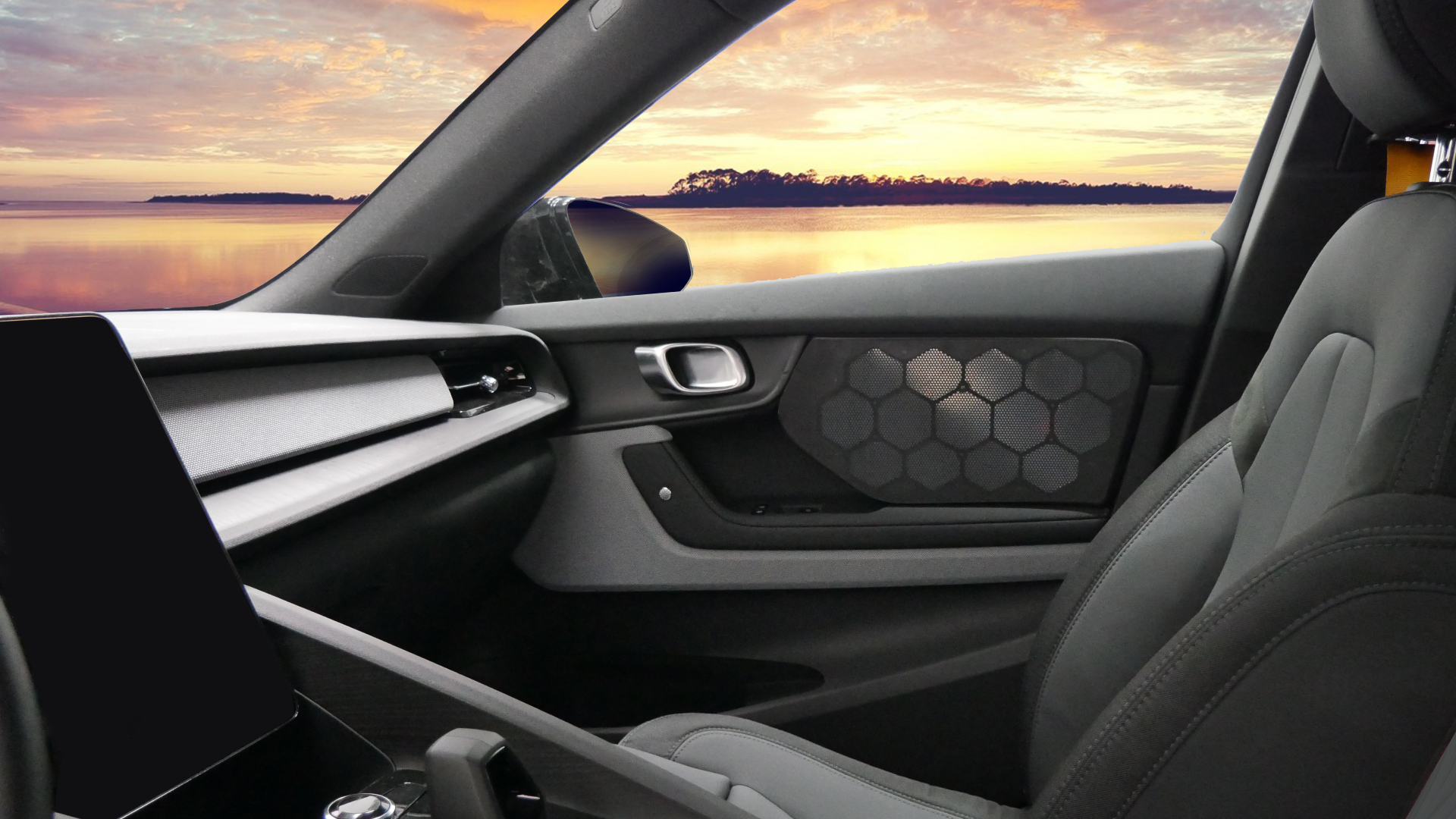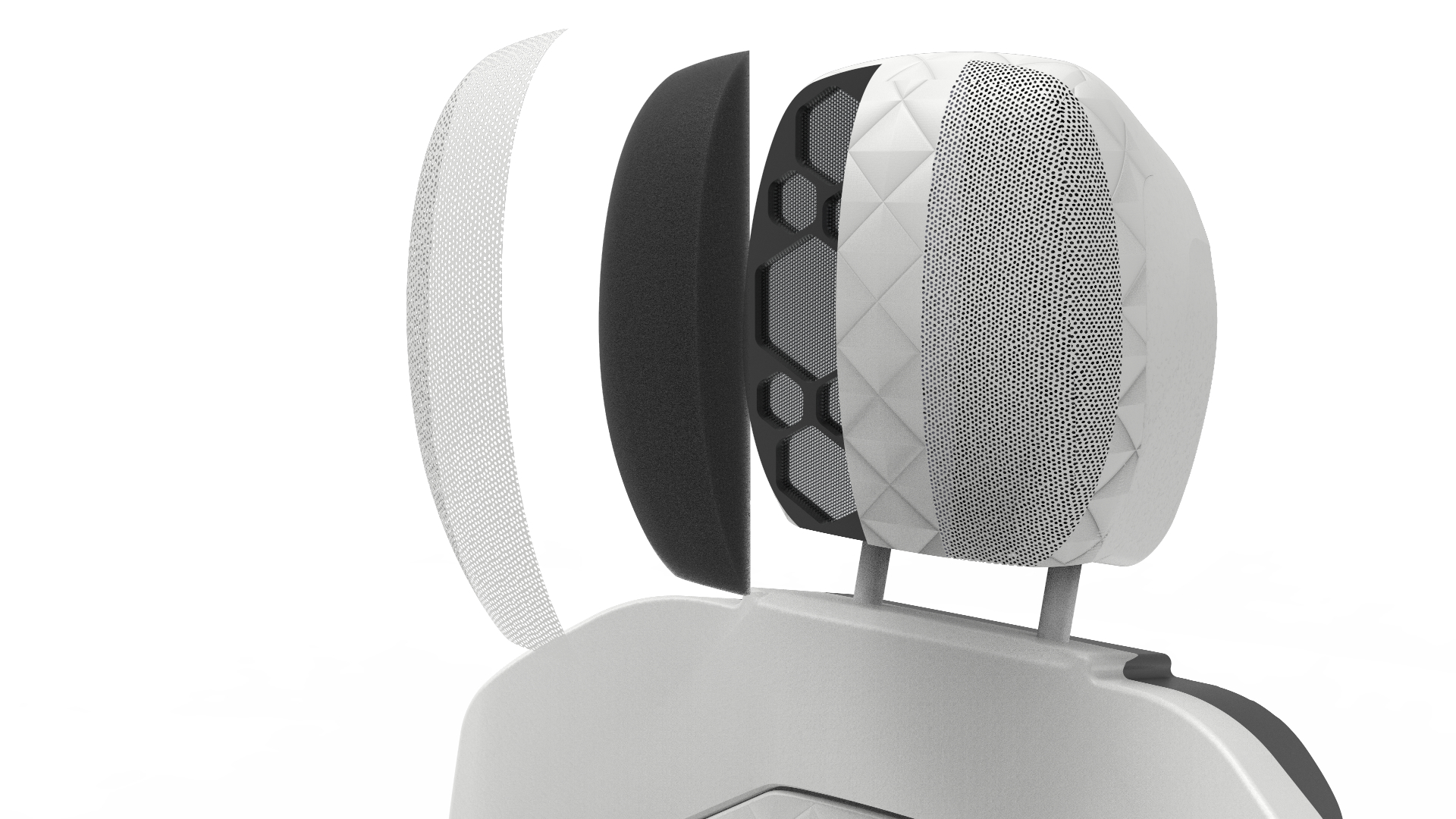Electrostatic speakers will make EVs sound better – and help make them greener
Improve your EV’s ecological integrity (and your music)

There's no denying it: the EV market is booming. And it's only right that high-end audio specialists want a piece of the action, squirrelling their drivers and high-tech processing inside your next electronic vehicle for maximum return.
Only, Warwick Acoustics lists two far more altruistic reasons for bringing its electrostatic speaker prowess to "a number of notable car manufacturers" – the elimination of Rare Earth Elements from vehicles (REEs) and seriously cutting down on the toxic waste generated in the mine-to-magnet process.
What are the UK audio specialist's zero-REE ElectroAcoustic panels and why should you want them in your next EV? The key to understanding all of this is the term 'Rare Earth Elements', eg. neodymium (used in magnets found in traditional dynamic hi-fi drivers within the best stereo speakers) and dysprosium. Now, manufacturers want to eliminate sources of REE from their vehicles due to the toxic waste generated in the mine-to-magnet process and supply chain stability.
The permanent magnets in electric vehicle motors themselves are a chief target too, with each motor containing roughly 500g of REEs. However, as much as 30% of the total REE content in a premium EV is actually in the audio system. And this is where Warwick Acoustics’ unique, magnet-free ElectroAcoustic panels come in, because they contain zero REE and are made from 100% by mass upcycled and recyclable materials.
Warwick Acoustics CEO, Mike Grant, explains: "The extraction and processing of REE is unfortunately a process which generates a huge volume of waste per gram refined REE – some sources suggest the amount of waste is 2,000 times the amount of refined product".
So, for premium in-car audio that’s rare earth element free, Warwick Acoustics’ unique ‘Clean Sound’ seems like a commendable automotive solution to the problem of offering good audio in an EV while being eco-friendly.
Opinion: Warwick Acoustics has proven electrostatic talent – and I applaud the ecological initiative

With seven granted patent families and two further patents pending, the British-designed and manufactured audio technology brings nothing short of a revolution to in-car audio, moving away from the traditional format of a speaker, the nuts and bolts of which haven’t changed since the first car radio was installed in the 1930s (not long after Western Electric's huge 12B speakers, in 1927).
Get daily insight, inspiration and deals in your inbox
Sign up for breaking news, reviews, opinion, top tech deals, and more.
Anyone else think the above image from Warwick Acoustics looks like Devialet's partnership to bring Dione speakers to Japan Airlines in Safran flight seats, but for your car? And that, reader, is a very good thing as far as I'm concerned – and that's before we even touch on the planet-friendly benefits.
ElectroAcoustic panels are also lighter and thinner than any conventional speaker, as Warwick Acoustics CTO, Ben Lisle, explains: “Our technology is fundamentally different to a traditional automotive or home speaker. By eliminating the magnet and replacing it with a 1mm thin electrostatic panel, we are able to offer a loudspeaker which is up to 90% lighter and more efficient than a like-for-like moving coil speaker."
And Warwick Acoustics is no slouch in the electrostatic game: when helping to test the Sonoma Model One headphones, for TechRadar's sister publication, What Hi-Fi? a few years ago, I heard it for myself; those cans (and I quote the review) "sound stunning".
Which specific high-profile automobile brands will see Warwick Acoustics' unique magnet-free ElectroAcoustic panels soon – the Kia EV3 or EV4 perhaps? Or the Nissan Hyper Adventure, maybe? Or could Tesla seek to regain its slipping grip on the EV market with an ecologically preferable sound system?
Well, the company tells us its first 'Clean Sound' partnership was signed in June, but that development agreements with "a number of other luxury vehicle manufacturers" are underway. So I can't say for sure – but still, if cleaner sound and cleaner vehicle manufacture is on the EV horizon, I'm all for heading into it.
You may also like

Becky became Audio Editor at TechRadar in 2024, but joined the team in 2022 as Senior Staff Writer, focusing on all things hi-fi. Before this, she spent three years at What Hi-Fi? testing and reviewing everything from wallet-friendly wireless earbuds to huge high-end sound systems. Prior to gaining her MA in Journalism in 2018, Becky freelanced as an arts critic alongside a 22-year career as a professional dancer and aerialist – any love of dance starts with a love of music. Becky has previously contributed to Stuff, FourFourTwo and The Stage. When not writing, she can still be found throwing shapes in a dance studio, these days with varying degrees of success.